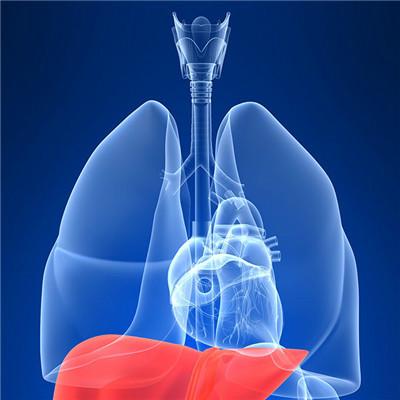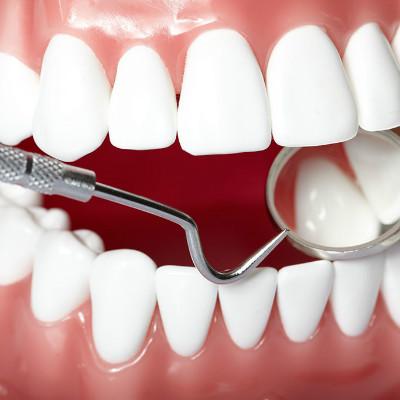Symptoms of early endometrial cancer
summary
The health of modern women is more and more concerned. The symptoms of endometrial cancer endanger the health of many women. The incidence rate of endometrial cancer is only inferior to that of cervical cancer. What is the endometrial carcinoma like? Endometrial cancer is a common cancer patient. According to the inquiry, the disease rate is increasing. It is more common in menopause and menopause. It is more common in unmarried women with obesity and hypertension and diabetes. Let's talk about the symptoms of early endometrial cancer.
Symptoms of early endometrial cancer
1) Bleeding irregular vaginal bleeding is the main symptom of endometrial cancer, often a small to moderate amount of bleeding. In young women or perimenopausal women, it is often mistaken for irregular menstruation and ignored. In postmenopausal women, continuous or intermittent vaginal bleeding is common. Some patients only show a small amount of vaginal bloody secretion after menopause. Late stage patients may be mixed with rotten meat like tissue in bleeding.
2) Vaginal discharge some patients have different degrees of vaginal discharge. In the early stage, it can show thin white secretion or a small amount of bloody leucorrhea. If combined with infection or tumor necrosis, it can have purulent secretion with peculiar smell. Sometimes vaginal discharge may be accompanied by tissue like substances.
3) Painful cancer focus and its bleeding or infection can stimulate uterine contraction and cause paroxysmal lower abdominal pain. In postmenopausal women, because of cervical stenosis, the drainage of uterine secretions is not smooth, and secondary infection leads to empyema in the uterine cavity. Patients may have severe lower abdominal pain with fever. In the advanced stage, when the cancer infiltrates through the whole layer of the uterus, or invades the parauterine connective tissue, paracervical ligament, bladder, intestinal tract, or infiltrates and compresses the pelvic wall tissue or nerve, it can cause persistent and gradually aggravating pain, accompanied by lumbosacral pain or radiation to the ipsilateral lower limb.
matters needing attention
1. Because the etiology of endometrial cancer is not clear, it can not be prevented at present, so we should focus on early detection and early treatment. For postmenopausal bleeding and menopausal menstrual disorder, the possibility of endometrial cancer should be excluded. For young women with menstrual disorder, B-ultrasound and endometrial examination should be performed in time. We should pay attention to the precancerous lesions of endometrial cancer. For those who have been confirmed to have precancerous lesions such as endometrial atypical hyperplasia, total hysterectomy should be performed according to the patient's condition. Those who have fertility requirements should be given large dose of progesterone treatment in time and the condition change should be monitored. 2. Strictly grasp the indications of hormone replacement therapy and use it reasonably, especially for menopausal and postmenopausal women. For the women with uterus, progesterone should be used properly to protect the endometrium while estrogen is used, and close monitoring should be carried out. 3. change habits, control diet, exercise, control the incidence rate of endometrial cancer by controlling the occurrence of "rich diseases" such as hypertension, diabetes and obesity.
















